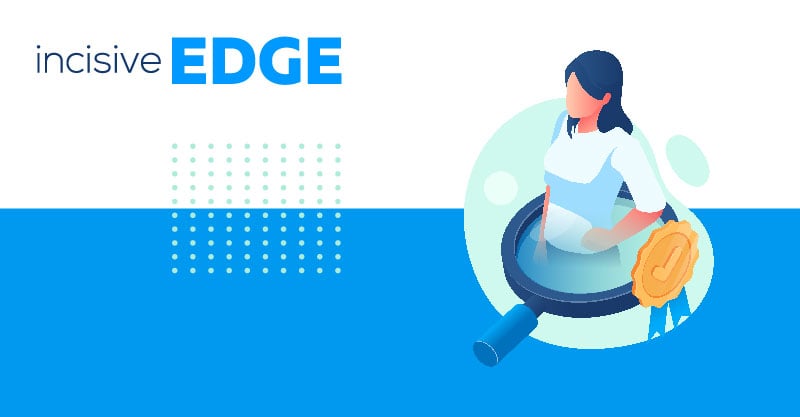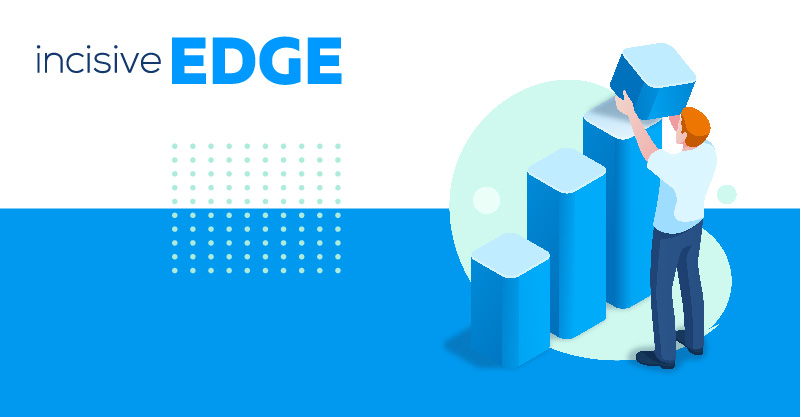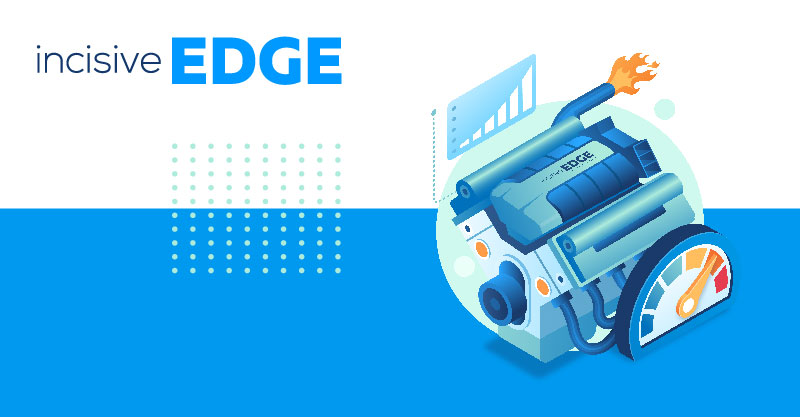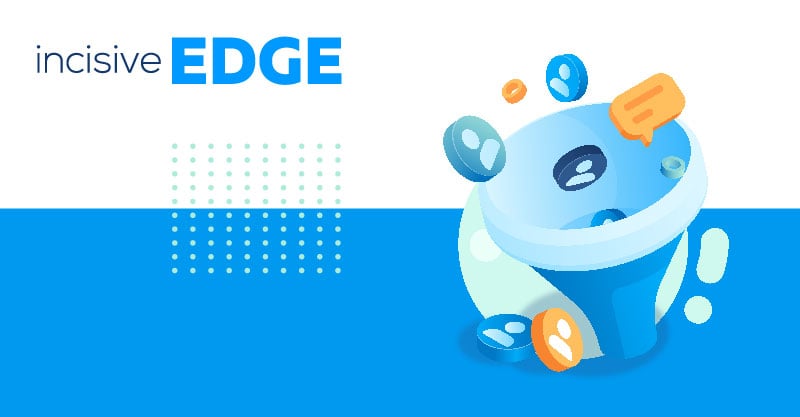It appears that you're doing everything right with your website – you have great content, you're ranking high in search engine results, and you're attracting good levels of traffic to your home page or blog. However, the issue lies in the site's conversion rate; not enough of your visitors are actually buying what you're selling. To address this, you should focus on conversion rate optimization, calculate conversion rate/s accurately, and make improvements accordingly.
This is where Conversation Rate Optimisation comes in. In short, Conversation Rate Optimisation (CRO) is the process of increasing the proportion of a website’s visitors who take a desired action.
With 59% of digital marketers saying CRO is crucial to their overall strategy, it’s worth getting to know more about it.
Check out the following articles to learn more about Conversion rate optimization:
- How to Increase Conversion Rates Through Content Marketing
- Conversion Rate Optimisation: 4 Issues Stopping Saas Sign-ups
- Top 3 Tactics to Supercharge Your Website Conversion Today
What is a conversion?
We define conversion rate optimization (CRO) as the enhancement of your web page to increase the likelihood of site visitors becoming sales leads or paying customers, all while aligning with a financial imperative.
You can work out the conversion rate by dividing the number of actions taken by the total number of website visitors. This number x100 gives you your rate as a percentage – the higher the number, the more visitors you’re converting into leads.
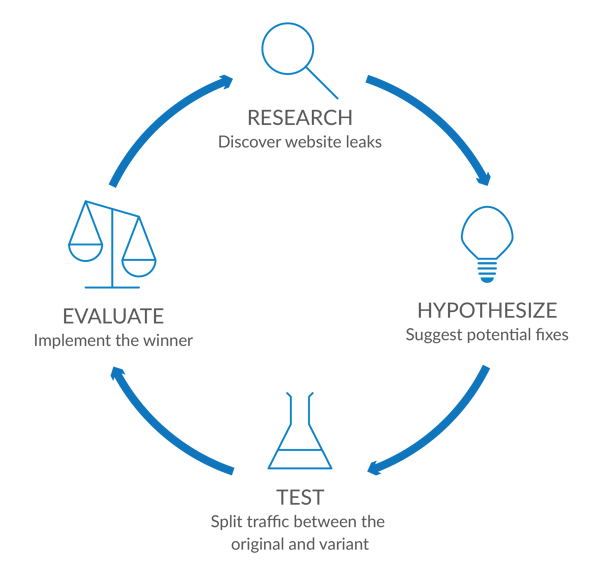
Why is Conversion Rate Optimisation crucial for success?
Conversions are the bread and butter of inbound marketing and the key to transforming visitors into leads. If you increase conversions, you increase sales opportunities – and what business doesn’t want that?
With effective CRO you get a lower cost of customer acquisition, and higher revenue per visitor, you’re getting more leads generated and more sales for the same level of website traffic.
Say you are getting 1000 visitors a month to your site, but your conversion rate is only 10%. That means every month only 100 people are taking a desired action. With an effective CRO process, however, say you manage to increase your conversion rate to 20%, for the same number of website visitors you’ll get 200 leads – an increase of 100%! And these new customers can drive-up revenue.
Micro Conversion vs. Macro Conversion
Every company has small and large goals, including conversion optimization, conversion rate optimization tools, and the website's conversion rate. On a micro-scale, you may want to get more people reading your content or liking a social media post, whereas on a macro level, you want customers to buy your products or services and increase your revenue.
The same thinking can be applied to your conversion goals. Often increasing the number of micro conversions can lead to an increase in macro conversions – just as the more people who read your content and buy into you brand are then more likely to become promoters and customers.
Micro conversions can include downloading your guide or sharing an article on social media. While it’s important to increase these, if your micro rate is increasing but it’s having no effect (or an adverse effect) on your macro rate, you need to ask why that is, and shift your conversion goals to fit the macro side.
How does Conversion Rate Optimisation work?
The process of CRO can be simply summarised as follows:
- Identify areas for optimisation
- Form a hypothesis
- Test your hypothesis
- Analyse the data
- Make appropriate changes that will improve your CRO
Identifying areas for optimisation
All companies have different goals, but when it comes to optimising your website for marketing and conversions there are some common areas to look at:
- Number of page views – are there enough visitors to your site? Are they viewing the right pages?
- Bounce rates – are people being put off your home page immediately?
- Average time spent – perhaps they’re staying, but not long enough to perform a desired action
- UX and User journey – Where are these visitors in your conversion funnel? How do they navigate through your site and does it take them where you want them to go? Is the user experience a positive one or are they being put off?
A small change can make a big difference. For instance, just changing the colour of a Call To Action (CTA) button might make a big difference in click-through rate – but you won’t know until you test it.
You need to collect and analyse conversion rates, employing the conversion rate optimization process, specifically tailored for your e-commerce site. Turn on funnel visualisation and identify areas within your conversion goals where there is a drop-off.
Once you have an idea of who is using your website and how the various elements are affecting your CRO you can use this crucial data to go about making effective changes.
Form a hypothesis
Make a calculated prediction of what might happen if you make a specific, measurable change.
For example:
“I predict moving the CTA button on my blog page from the bottom to the top will result in a 25% increase in conversions.”
From your analysis of your website’s key metrics you should have some understanding or educated guess as to why leads aren’t as high as they could be. There’s only one way to find out...
Test your hypotheses
Monitor the data as you put your theory to work.
Give you test enough time – at least a couple weeks. And don’t stop when you think you’ve got the answer you were hoping for – leave the test in place for the time you set it for originally, otherwise you risk hacking the results.
Go BIG or go home!
The best places to start testing are those that will have the most significant changes. Perhaps the portion of your conversion funnel that already attracts the most traffic or gets the most conversions. Make a big change here and you might end up turning good into great.
Testing methods: A/B or split testing
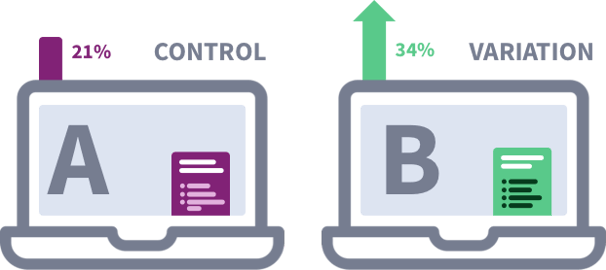
A/B testing is the most commonly used method of testing for CRO. In one survey by Econsultancy 67% of companies said they used it.
A/B testing is where you simultaneously run two different versions of the same landing page, each delivered randomly to half of your visitors.
The difference may be subtle like the colour of a headline or a single word change, or it may be big like an entirely new page layout. Whatever it is, after the A/B test has run its course you will have two neat data sets for each version of your landing pages.
Other testing methods
There are many more ways of gathering data to fuel your conversion rate optimisation goals, including:
- User interviews
- User surveys
- Heatmaps
- Click and scroll maps
- Multivariate testing
- Load time data
- Segmentation
- Customer journey analysis
- Cart abandonment analysis
- Website personalisation
A combination of testing methods may work best, or whichever is most appropriate to your particular hypothesis.
Once you have this evidence you are in a strong position to make educated decisions about what to change and how.
Analyse your data
Again, this is where software like Google Analytics can help if you’re not a natural statistician. But if for example you’re using something like an A/B test for whether a yellow CTA button or a red one produces more conversions, then the numbers will be quite easy to interpret.
Make appropriate changes
Do what the data from your test tells you. If user psychology and the numbers indicate that you’ll generate more leads by having a pop-up CTA rather than in-line text, make it a pop-up.
Keep testing
Conversion Rate Optimisation is most effective when it’s an iterative, ongoing process. You can’t just do one test on a single factor, make that change and stick with it forever. Like your buyer personas, your customers will change over time, as will buying trends and markets.
CRO works best when you keep testing and making continual improvements to your website and landing pages.
Conclusion
The key to optimising conversions is collecting accurate, relevant data about your website and its visitors, and using it to target them with changes to your website that will materially increase the chances of their converting into leads.
CRO starts from the assumption that there is a finite number of people out there who are potential customers for your product or service. The most efficient use of time, money and resources is increasing the percentage of your current visitors who convert into leads.
Successful CRO processes can increase your Return On Investment (ROI) and reduce your cost per lead. It can also improve your Net Promoter Score and your site’s user experience.
Over to you
Why is Conversion Rate Optimisation crucial to your success? Because it allows you to maximise the profitability of your greatest existing resources – your website and its users. Incisive Edge is a leading CRO London agency, integrating the process into everything we do.
If you want to use data to make what you already have work harder why not get in touch?
